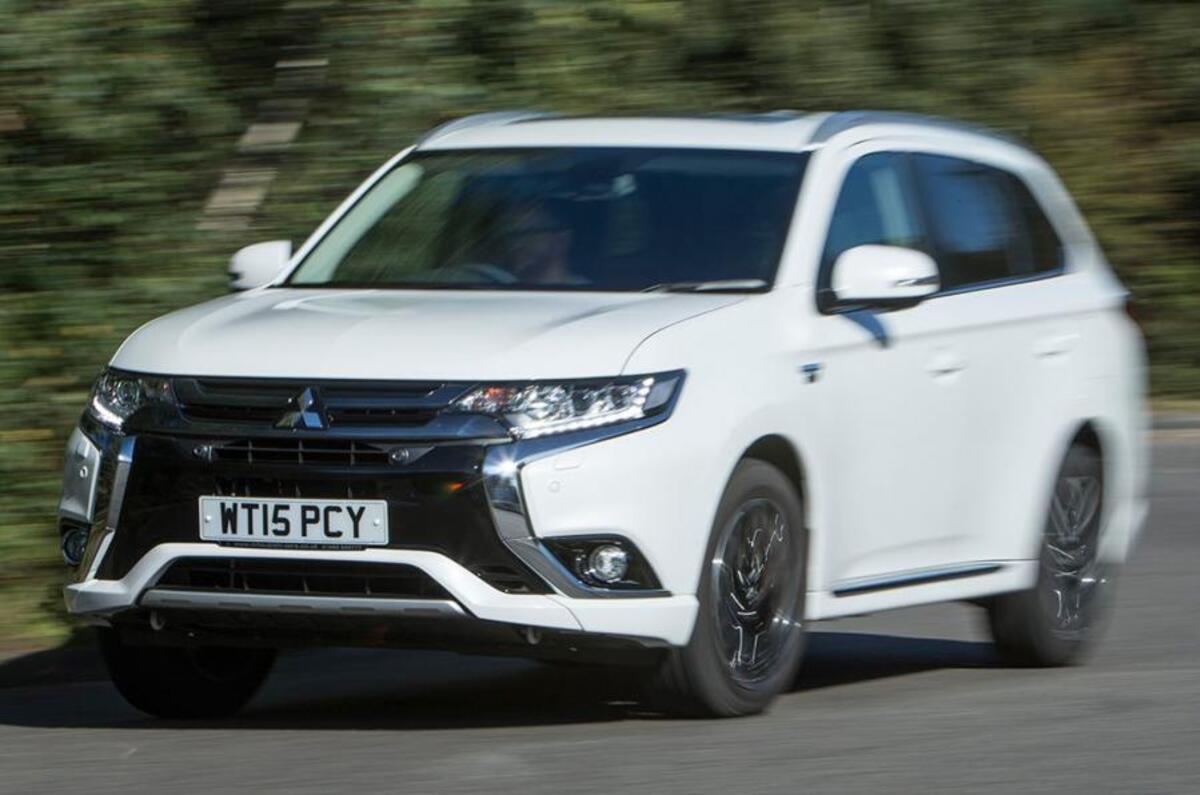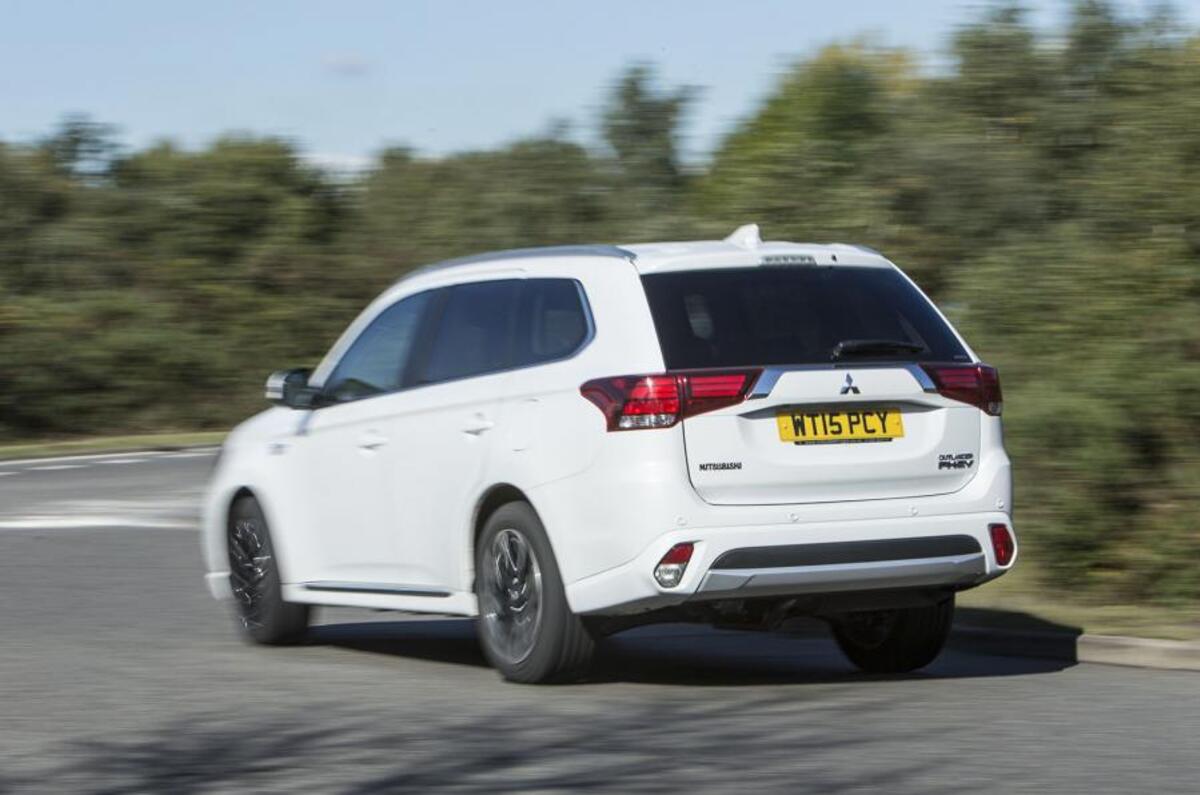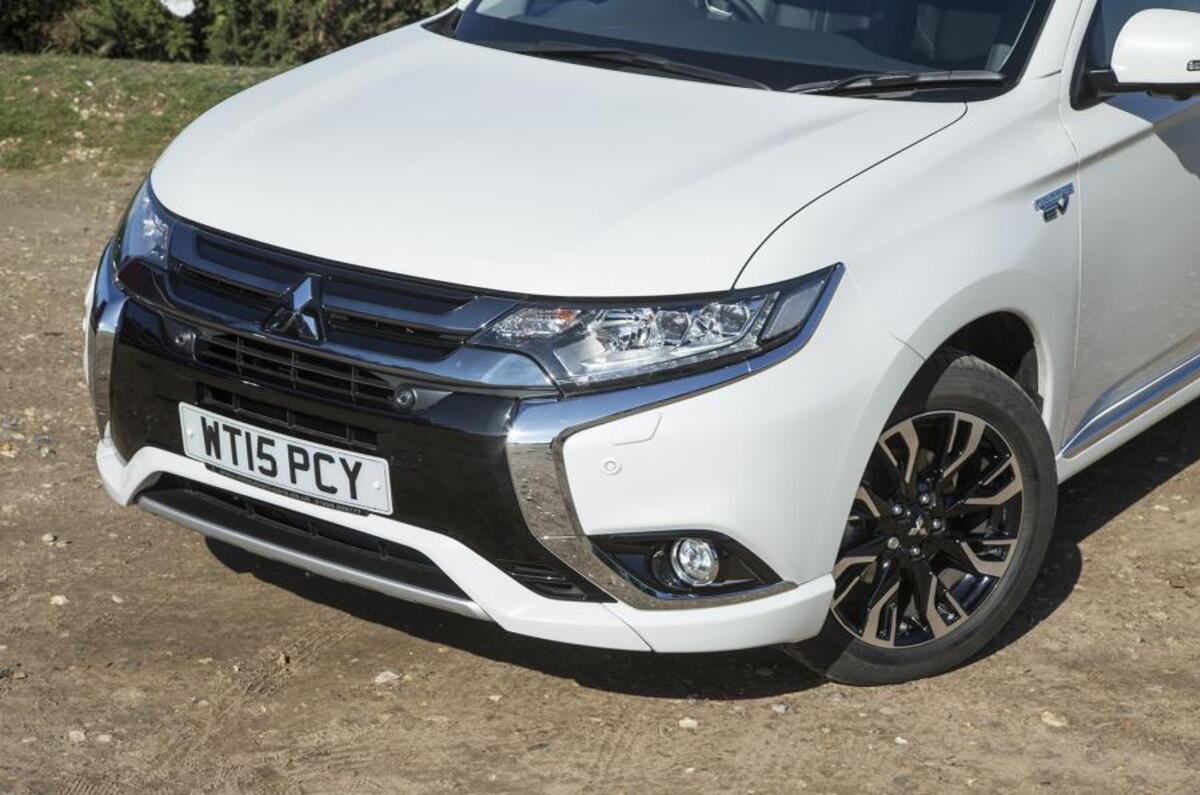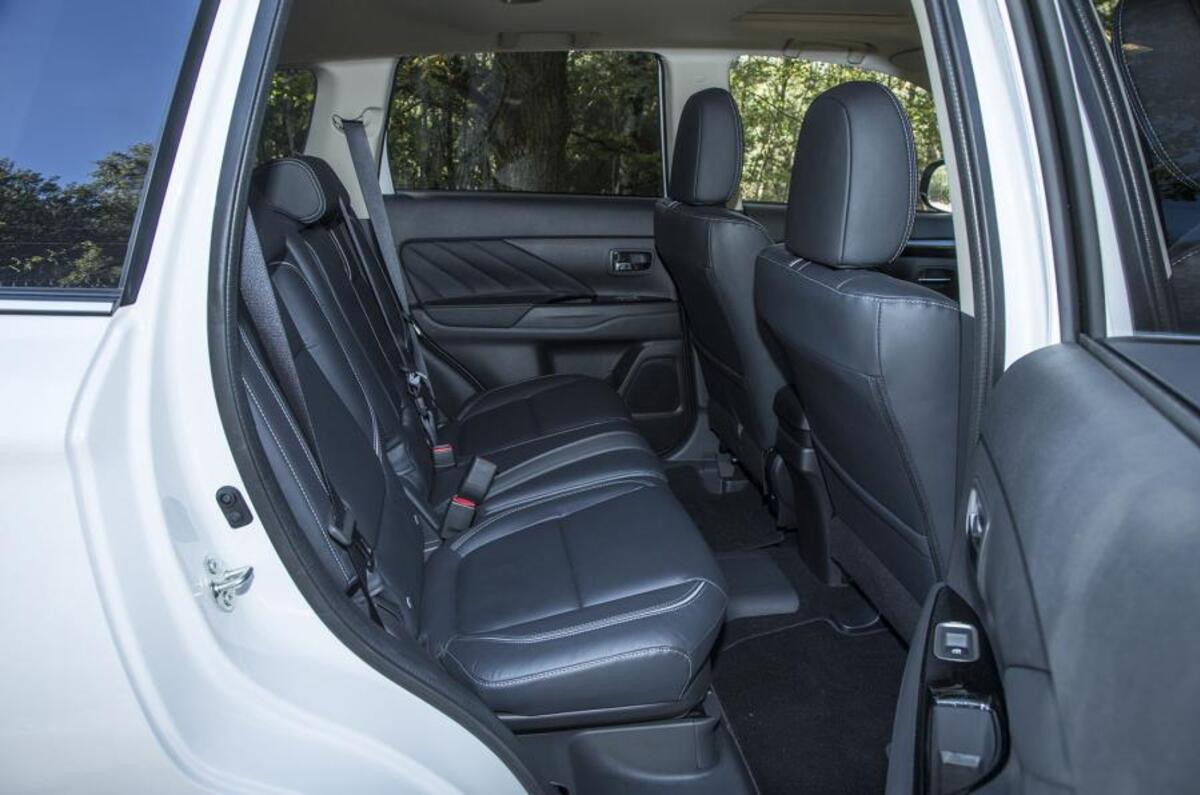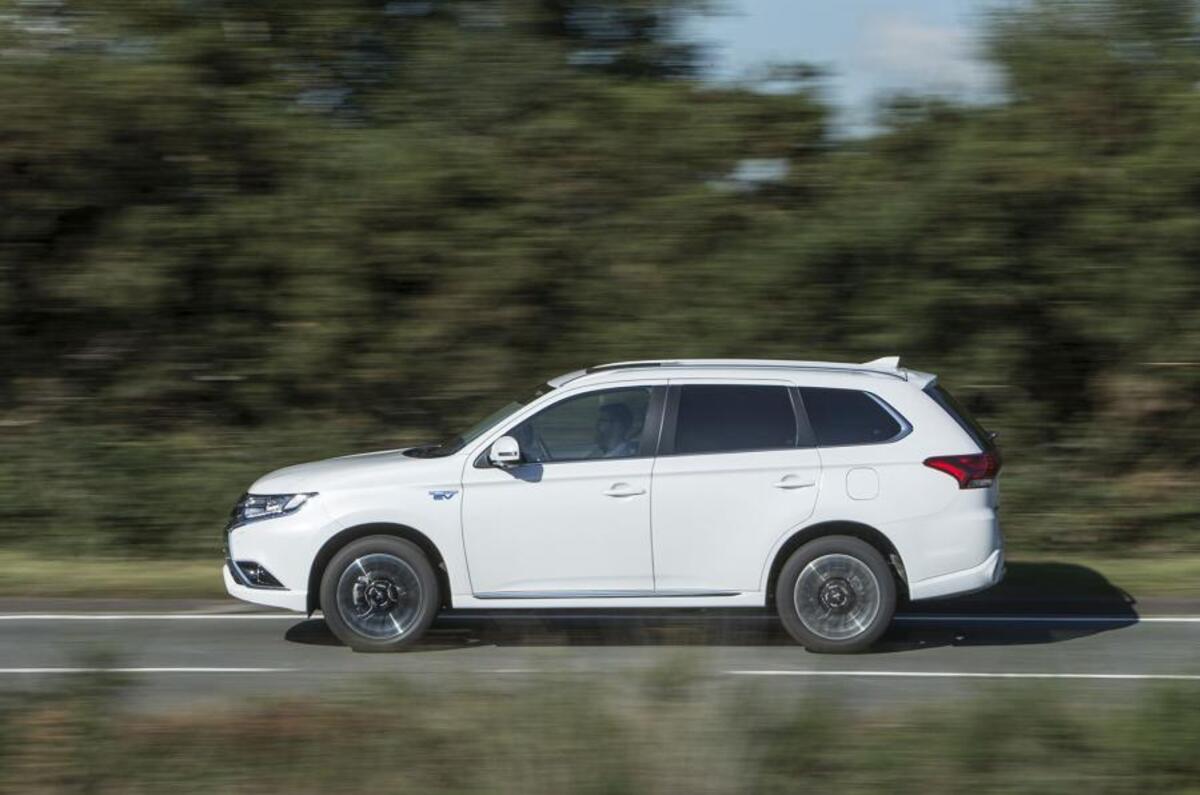Mitsubishi’s Outlander plug-in hybrid has become such a hit in the UK since its introduction two years ago that it currently accounts for a staggering 50 per cent of sales in the EV and PHEV sector, selling even better than in Japan.
It has brought Mitsubishi a prominence it hasn’t had for decades, and the desire to keep this - and underscore its future position as a producer of green SUVs - are drivers for a comprehensive series of Outlander updates for 2016, to both looks and performance.
The secret of the PHEV’s success so far is that it is currently the market’s only plug-in hybrid SUV, which means it qualifies for the government’s £5000 'encouragement' subsidy to buyers of electric cars, and the importer sells it at the same price as the regular Outlander diesel. Best of all, the PHEV’s fuel economy and CO2 figures mean it attracts a BIK tax rate of just 5 per cent, a very attractive deal.
Even for a 40 per cent tax payer, the tax requirement can be as low as £685 a year. On the move, there’s a further saving in the fact that an owner can charge the PHEV’s batteries either overnight or at fast chargers on motorways, adding a real-world 25 miles of cheap electric travel to the journey each time.
For this facelift, there’s a new ‘Dynamic Shield’ frontal treatment that’s said to foreshadow a similar look on future Mitsubishi SUVs. It brings LED daytime running lights, a 3D grille, new bumpers and a mildly different tail treatment. The bumpers also add 40mm to the overall length, making the new Outlander look lower and sleeker than before.


